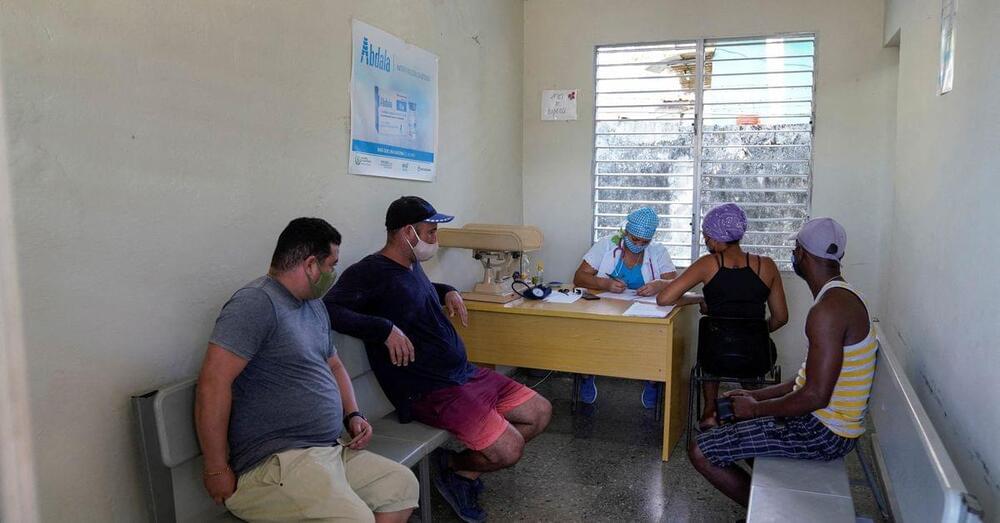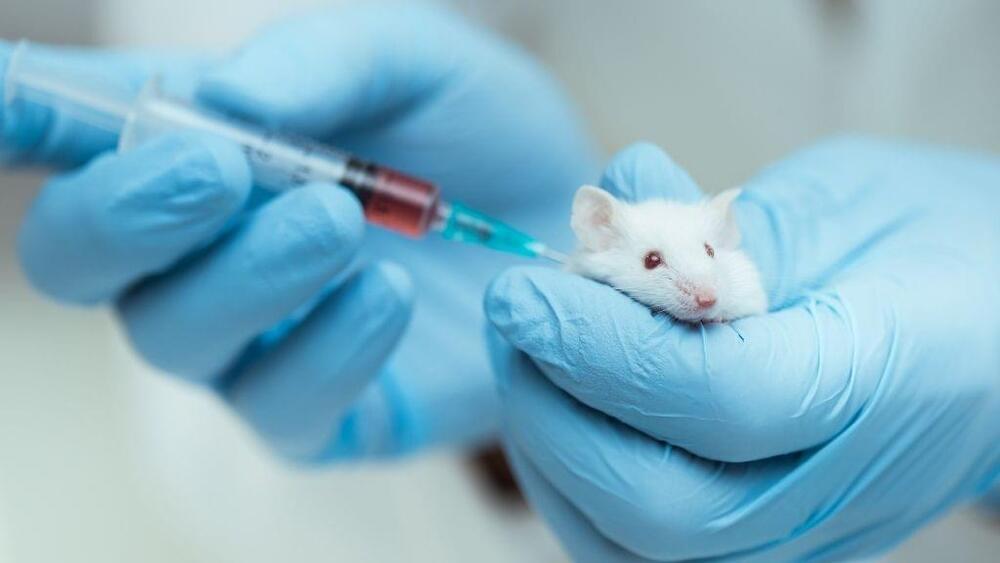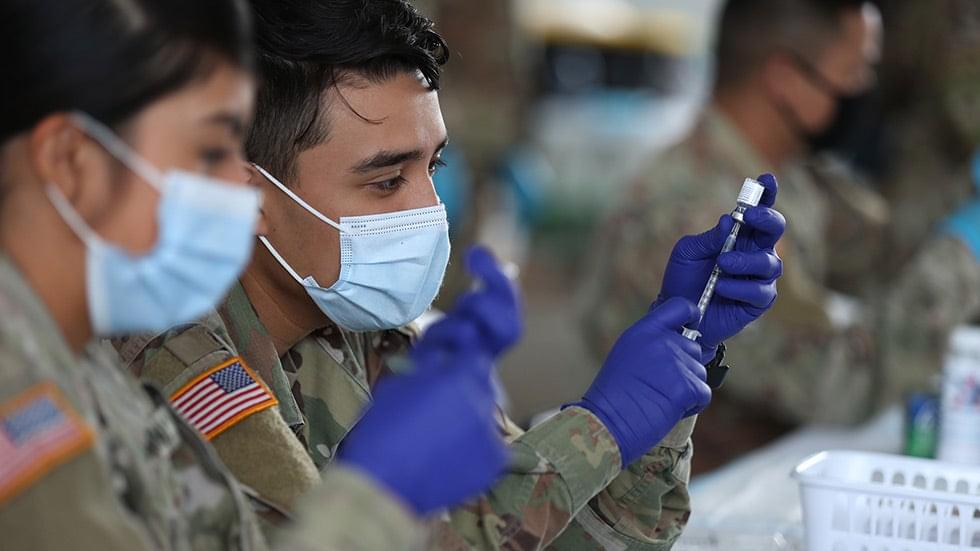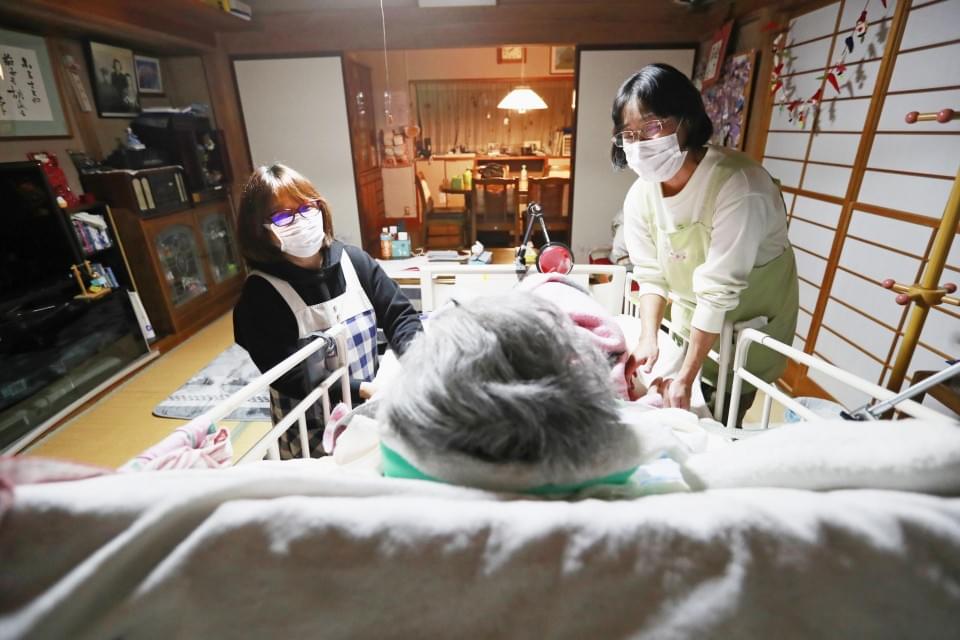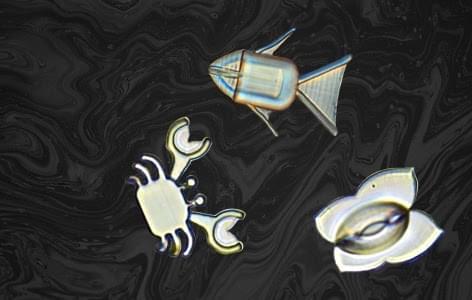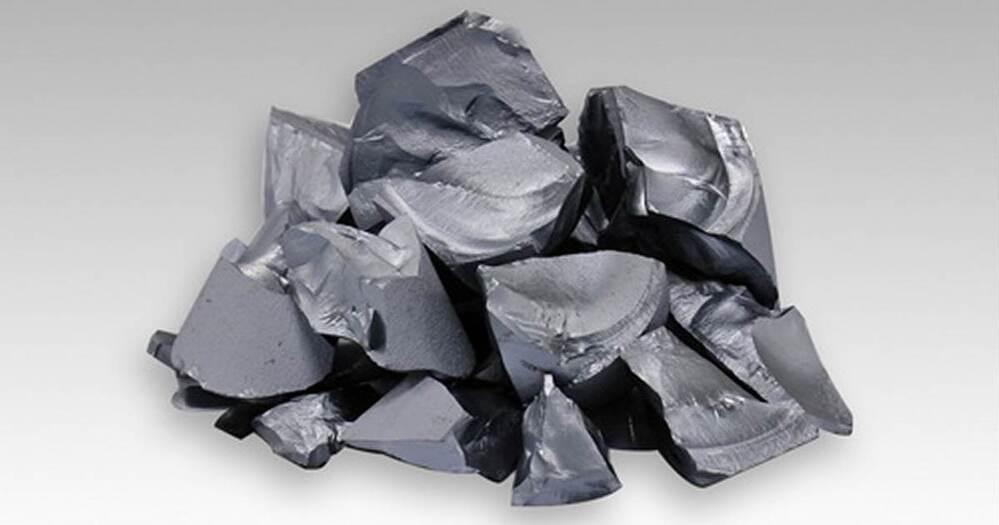The uncharted nature of the COVID-19 pandemic has caused uncertainty globally, resulting in many health care professionals and key-workers being left with supply shortages in medical consumables and personal protective equipment, exacerbated by supply line issues and in some cases delays resulting from governmental policies. 3D printing (3DP) has played an important role in providing essential items to hospitals and the wider communities, such as visors, face masks, and ventilator components. This short-review article covers the potential of antimicrobial materials in the manufacturing of 3DP essential products, as an approach for added protection against pandemics.

